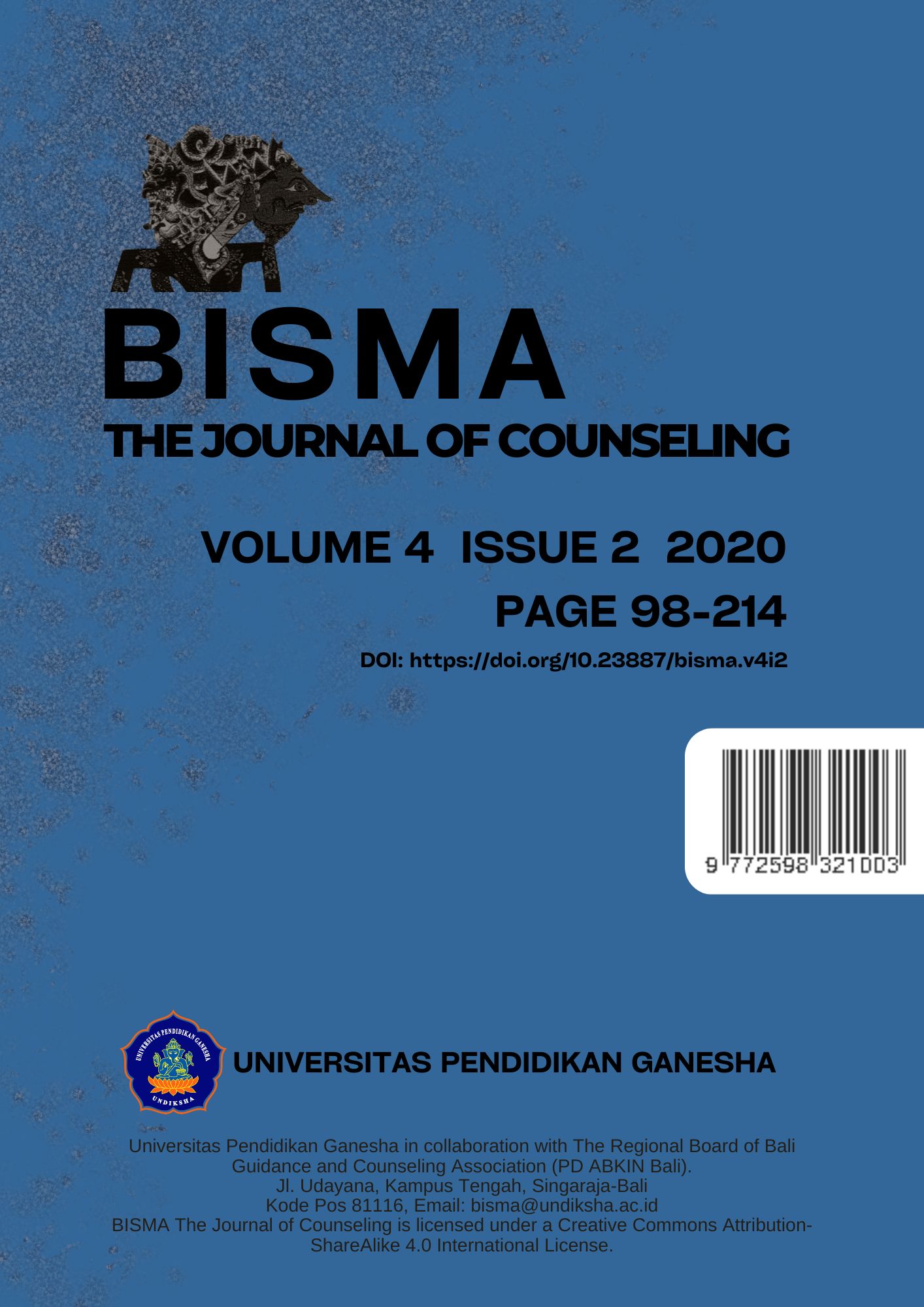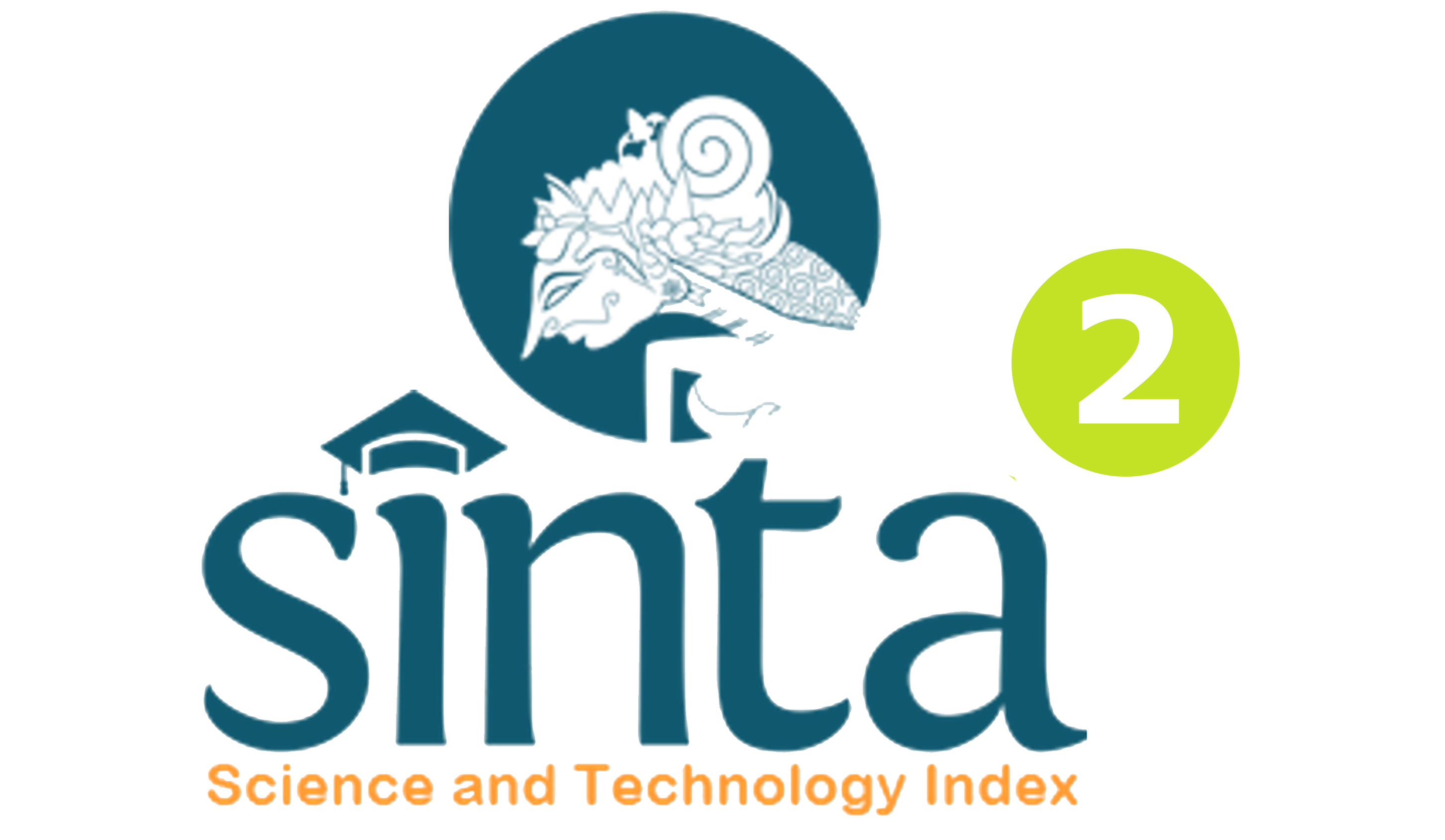Development of An Instrument to Measure Self Endurance
DOI:
https://doi.org/10.23887/bisma.v4i2.27851Keywords:
Instrument Development, Self Endurance, Research and DevelomepmentAbstract
The purpose of this research development is to determine the value of the validity of the instrument as well as to find out the reliability value of the instrument of self endurance questionnaire. This research was included research and development (R&D) with a four-D (4D) model which is a research method for producing or developing a particular product. The 4D research model consists of four steps: 1) defining (collecting references or references used to collect research products), 2) design (collecting product self-endurance questionnaire instruments), 3) developing (developing products through expert judgement research or experts), and 4) dessiminate (ie the distribution of research products). The data analysis used in this study was to know the validity of the Lawshe CVR and CVI tests as well as the reliability test of the questionnaire with the Alpha Cronbach coefficient. Testing the validation of the instrument was carried out by 5 experts consisting of 3 lecturers of the Undiksha Counseling Guidance Postgraduate Program and 2 BK teachers. The results of the CVR calculation of the self-endurance instrument with 40 approved items have obtained results of more than 0 (> 0), which means 40 items are declared valid. Furthermore, an analysis of CVI data with a result of 0.98 or CVI of more than 0, then the questionnaire instrument was declared valid. After calculating the reliability value (r11) the self-endurance instrument is 0.918 with the very high reliability category.
References
Ab Aziz, A., Yusof, Z. M., & Mokhtar, U. A. (2019). Electronic document and records management system (edrms) adoption in public sector-instrument’s content validation using content validation ratio (CVR). Journal of Physics: Conference Series, 1196(1). https://doi.org/10.1088/1742-6596/1196/1/012057
Baghestani, A. R., Ahmadi, F., Tanha, A., & Meshkat, M. (2019). Bayesian Critical Values for Lawshe’s Content Validity Ratio. Measurement and Evaluation in Counseling and Development, 52(1), 69–73. https://doi.org/10.1080/07481756.2017.1308227
Barida, M., & Sutamo, S. (2016). Pengembangan Instrumen Evaluasi “Self Evaluation” dan “Peer Evaluation” Layanan Konseling Individual di Sekolah bagi Konselor. Jurnal Konseling Dan Pendidikan, 4(2), 110. https://doi.org/10.29210/17200
Black, J. E., & Reynolds, W. M. (2016). Development, reliability, and validity of the Moral Identity Questionnaire. Personality and Individual Differences, 97, 120–129. https://doi.org/10.1016/j.paid.2016.03.041
Chan, L. L., & Idris, N. (2017). Validity and Reliability of The Instrument Using Exploratory Factor Analysis and Cronbachâs alpha. International Journal of Academic Research in Business and Social Sciences, 7(10), 400–410. https://doi.org/10.6007/ijarbss/v7-i10/3387
Dharsana, K. (2015). RPBK Seri 1 Bimbingan Klasikal, Bimbingan Kelompok, KonselingKelompok, Konseling Individu Untuk Pengembangan Variabel Terikat Bakat Verbal. Singaraja: BK FIP Undiksha. Retrieved from https://scholar.google.co.id/scholar?cites=1987094436778596547&as_sdt=2005&sciodt=0,5&hl=id
Dilmaç, B. (2009). Psychological Needs as a Predictor of Cyber Bullying: a Preliminary Report on College Students. Kuram ve Uygulamada Eğitim Bilimleri.
Ferrara, J. R. (1996). The Edwards Personal Preference Schedule as a Predictor of Success in a Collegiate Professional Pilot Training Program. Journal of Aviation/ Aerospace Education & Research.
Hendryadi, H. (2017). Validitas Isi: Tahap Awal Pengembangan Kuesioner. Jurnal Riset Manajemen Dan Bisnis (JRMB) Fakultas Ekonomi UNIAT, 2(2), 169–178. https://doi.org/10.36226/jrmb.v2i2.47
Horvath, S., & Röthlin, P. (2018). How to Improve Athletes’ Return of Investment: Shortening Questionnaires in the Applied Sport Psychology Setting. Journal of Applied Sport Psychology, 30(2), 241–248. https://doi.org/10.1080/10413200.2017.1382020
Kraaij, V., & Garnefski, N. (2019). The Behavioral Emotion Regulation Questionnaire: Development, psychometric properties and relationships with emotional problems and the Cognitive Emotion Regulation Questionnaire. Personality and Individual Differences, 137(March 2018), 56–61. https://doi.org/10.1016/j.paid.2018.07.036
Lawshe, C. H. (1975). a Quantitative Approach To Content Validity. Personnel Psychology, 28(4), 563–575. https://doi.org/10.1111/j.1744-6570.1975.tb01393.x
McCormick, A., Meijen, C., & Marcora, S. (2015). Psychological Determinants of Whole-Body Endurance Performance. Sports Medicine.
Montarello, S., & Martens, B. K. (2005). Effects of Interspersed Brief Problems on Students’ Endurance at Completing Math Work. Journal of Behavioral Education.
Pangma, R., Tayraukham, S., & Nuangchalerm, P. (2009). Causal Factors Influencing Adversity Quotient of Twelfth Grade and Third-Year Vocational Students. Online Submission.
Parvathy, U., & Praseeda, M. (2014). Relationship Between Adversity Quotient and Academic Problems Among Student Teachers. Journal of Humanities and Social Science.
Putra, D. G. A. P., Arum, D., & Dharsana, K. (2017). Differences Effectiveness of Behavioral Counseling Modeling Technique with Aversi Technique to Self Endurance Pendahuluan. Bisma The Journal Of Counseling, 1(1), 50–59. https://doi.org/10.23887/128332017
Rakhmawati, L. (2016). Hubungan Antara Self-Efficacy dan Adversity Quotient dengan Motivasi Berprestasi Pada Siswa SMA Darul Ulum 2 BPP-Teknologi Jombang.
Rosmeriani, Oki; Suarni, Ni Ketut; Dharsana, K. (2017). Pengaruh Konseling Behavioral dengan Teknik Modeling Sosok Bima untuk Meningkatkan Self Endurance melalui Lesson Study pada Siswa Kelas XI Boga 5 SMK Negeri 2 Singaraja.
Taber, K. S. (2018). The Use of Cronbach’s Alpha When Developing and Reporting Research Instruments in Science Education. Research in Science Education, 48(6), 1273–1296. https://doi.org/10.1007/s11165-016-9602-2
Taherdoost, H. (2018). Validity and Reliability of the Research Instrument; How to Test the Validation of a Questionnaire/Survey in a Research. SSRN Electronic Journal, 5(3), 28–36. https://doi.org/10.2139/ssrn.3205040
Theunissen, M. H. C., de Wolff, M. S., & Reijneveld, S. A. (2019). The Strengths and Difficulties Questionnaire Self-Report: A Valid Instrument for the Identification of Emotional and Behavioral Problems. Academic Pediatrics, 19(4), 471–476. https://doi.org/10.1016/j.acap.2018.12.008
Thiagarajan, S ; Semmel, D S ; Semmel, M. I. (1974). Instructional Development for Training Teachers of Exceptional Children: A Sourcebook. Indiana Univ., Bloomington. Center for Innovation in Teaching the Handicapped, (Mc).









